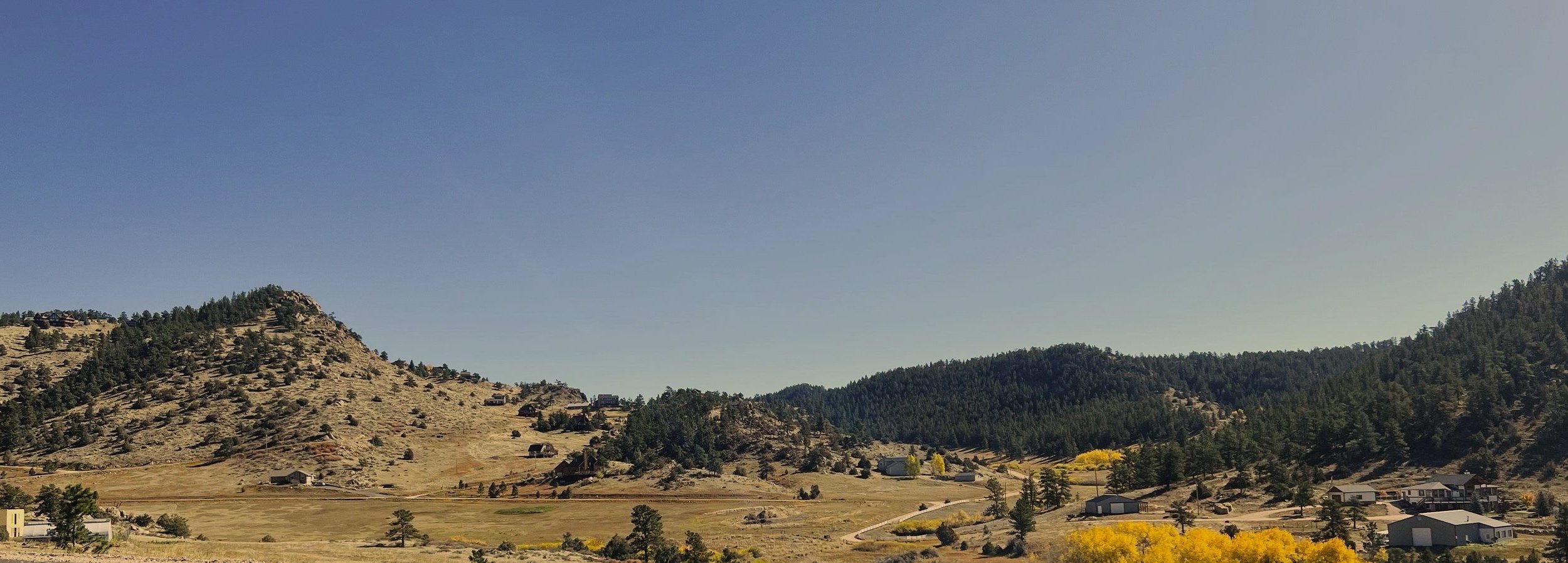
Colorado’s Wildland-Urban Interface Land Stewardship Roadmap
Why is land stewardship so important in the wildland-urban interface?
Residents in the wildland-urban interface manage huge portions of American lands and watersheds. The indirect impacts radiating from each home may extend hundreds of yards to miles.
Land stewardship involves decisions made by residents about the management of natural resources on their land and is shown to have positive impacts for ecosystem services, natural resources, and ecosystem health. This method of land management involves decisions made by rural stakeholders about the management of natural resources and ecosystem services on their land, and is one way in which stakeholders can engage in sustainability using their own expertise and knowledge.
By encompassing the concepts above into the strategic planning for our community-based Land Stewardship recommendations, our latest report, Colorado’s Wildland-Urban Interface Roadmap, is another tool to help guide us towards conservation targets and community resiliency.
While the determination of ecosystem health is independent on the presence or absence of human intervention, land stewardship activities often enhance ecosystem services. Conversely, other anthropogenic disturbances rarely contribute to the resilience and adaptation capabilities of ecosystems, instead degrading them.
Efforts to protect and restore wild spaces continues to be a critical component to protecting ecosystem health and ensuring wildlife populations survive, and as these areas continue to shrink and face pressure, it will be crucial to have conjoined efforts that focus on other frameworks of conservation.
However, management of these areas needs improved institutional support, an increase in funding and on-the-ground resources to address environmental impacts that are reflective of rural and exurban residents.
To learn more about Colorado’s Wildland-Urban Interface Land Stewardship Roadmap, read the complete report here.


